Polyamide 6.6 Degradable Plastic 20-01-2022 - Arhive
Polyamide 6.6 Degradable Plastic
-Oil prices will surge to $100 this year, Goldman Sachs warns
Goldman Sachs is now calling for oil prices to hit $100 a barrel later this year and continue rising in 2023, signaling higher prices at the pump are on the way.
In a Monday evening report to clients, the Wall Street bank backed up its bullish call by citing “robust fundamentals” in the oil market, a “surprisingly large” supply deficit and diminishing firepower from OPEC and its allies. Goldman Sachs (GS) also pointed to diminished appetite to invest in oil due to the energy transition.
By summer, the bank expects oil inventories in advanced economies will sink to their lowest level since 2000. Polyamide 6.6 Degradable Plastic
That’s why Goldman now expects Brent crude, the world benchmark, will hit $100 a barrel in the third quarter of this year, up from the bank’s prior call for $80. Goldman sees Brent hitting $105 a barrel next year, up from a previous forecast of $85.
Brent climbed another 0.7% on Tuesday to $87.23 a barrel. That’s up 27% from the December 1 low of $68.87 a barrel as Omicron fears initially sent energy prices plunging.
“Importantly, we are not forecasting Brent trading above $100/bbl on an argument of running out of oil as the shale resources is still large and elastic,” Goldman Sachs strategists wrote.
However, Goldman Sachs said shale oil will “likely require ever rising oil prices given the reluctance to invest in oil during the energy transition” and the gradual depletion of shale capacity over time. Polyamide 6.6 Degradable Plastic
The call from Goldman Sachs stands in stark contrast with the US Energy Information Administration, which recently said Brent will average $75 a barrel this year and $68 in 2023. Citigroup recently predicted a “radical drop” in energy prices that drives Brent to $54 a barrel by the end of 2023.
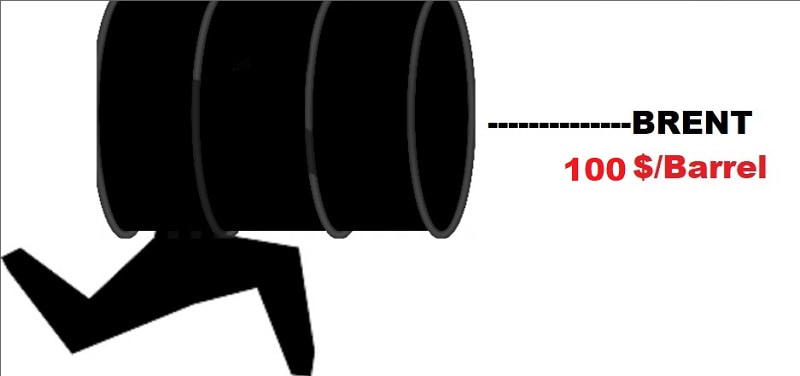
-BASF to expand European production for Hexamethylenediamine and Polyamide 6.6
- Startup of new world-scale HMD plant in Chalampé, France in 2024
- Expansion of polyamide 6.6 production in Freiburg, Germany
- Important step to expand polyamide 6.6 business
BASF decided to build a new hexamethylene diamine (HMD) plant in Chalampé, France. The new plant is set to increase BASF’s annual HMD production capacity to 260,000 metric tons. Production is expected to start in 2024.
Furthermore, BASF will expand its polyamide 6.6 production in Freiburg, Germany starting 2022. Polyamide 6.6 Degradable Plastic
The planned investments will further expand the polyamide 6.6 business that BASF acquired from Solvay in 2020. “With this new HMD plant in Chalampé and the expansion of the polymerization in Freiburg, BASF ensures that customers can be reliably supplied with HMD and PA6.6, while also addressing increasing demand in the market,” said Dr. Ramkumar Dhruva, President of BASF’s Monomers division.
HMD is a precursor used in the production of high-quality polyamide 6.6 plastics and coating raw materials.
Among other things, these products are used in the automotive industry as well as in the production of special fibers. Polyamide 6.6 Degradable Plastic
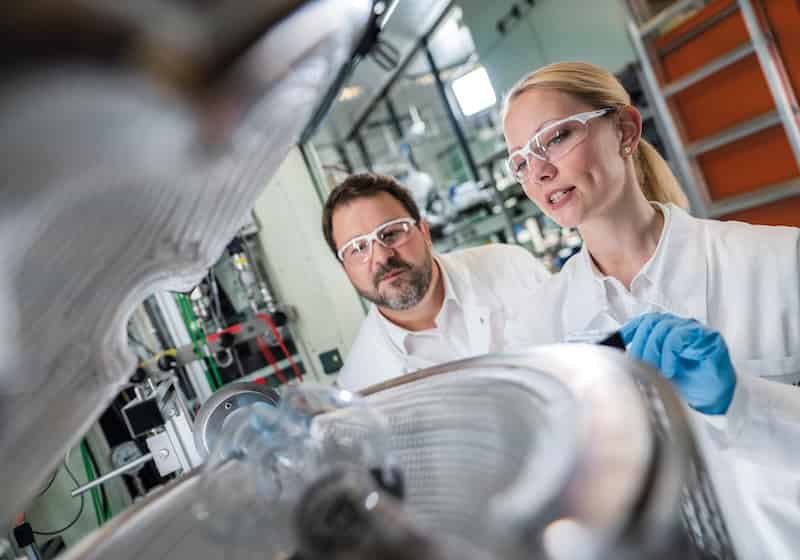
Trinseo’s flagship Styron polystyrene, Magnum ABS, and Tyril SAN resins are now available with renewable content. These materials combine fossil-based polymers with renewable raw materials according to a mass balance process, resulting in a bio-attributed composition of 80 to 95%. Polyamide 6.6 Degradable Plastic
Styron CO2RE BIO Polystyrene, Magnum CO2RE BIO ABS, and Tyril CO2RE BIO SAN offer drop-in solutions to converters seeking to further their sustainability efforts. The materials offer identical performance and processability to their fossil-based counterparts. The CO2RE designation indicates a measurable product carbon footprint (PCF) reduction when compared with Trinseo’s fossil-based products.
“As customers increasingly focus on sustainable products, Trinseo continues to invest in technologies that offer an alternative to traditional petrochemicals,” said Julien Renvoise, Sustainability Commercial Manager. “Using renewable raw materials as an ingredient is an important solution as we strive to preserve our fossil resources, reduce our carbon footprint, and achieve circularity.”
A bio-waste conversion process called feedstock cracking is used to produce the BIO materials. Bio-feedstock is combined with fossil-based material resulting in material with a prescribed percentage of renewable content.
ISCC Mass Balance processes and certification are involved at several points along the value chain — after raw material refining, bio-feedstock processing, and biomaterial production. Polyamide 6.6 Degradable Plastic
Trinseo compared the PCF of its new BIO materials with fossil-based equivalents to determine the impact:
- Styron CO2RE BIO General Purpose Polystyrene (GPPS) — replacing fossil- with bio-attributed styrene results in an 84% reduction in CO2 footprint.
- Styron CO2RE BIO High Impact Polystyrene (HIPS) — replacing fossil- with bio-attributed styrene results in a 71% reduction in CO2 footprint.
- Magnum CO2RE BIO ABS — replacing fossil- with bio-attributed styrene results in a 57% reduction in CO2 footprint; replacing fossil- with bio-attributed ACN results in a 14% reduction. Replacing both results in a 71% CO2 footprint reduction.
- Tyril CO2RE BIO SAN — replacing fossil- with bio-attributed styrene results in a 74% reduction in CO2 footprint; replacing fossil- with bio-attributed ACN results in a 19% reduction. Replacing both results in a 93% CO2 footprint reduction.

-Scientists Develop New Class Of Degradable Plastic Polymers Using Sugar Compounds
The experts revealed that the starting materials are compounds made from sugar derived from alcohol instead of usual petrochemical derivatives.
Marking a sustainable achievement, a team of scientists from two renowned universities has created a new family of plastic polymers using sugar-based starting materials. This invention resulted from the collaboration of scientists from the UK’s University of Birmingham and the Duke University in the US who have developed the two new polymers. According to the experts, their invention will ensure sustainability and will offer an advantage in recycling. Polyamide 6.6 Degradable Plastic
Plastic that does not contain plastic-making materials
In their report explaining the constituents of the new polymers, scientists revealed that the starting materials are compounds made from sugar derived from alcohol instead of usual petrochemical derivatives. To be specific, the scientists used isoidide and isomannide as building blocks that are derived from alcohol and have impressive qualities. Among the new polymers developed, one is stretchable like rubber whereas the other, like most commercial plastics is tough but ductile.
The reason for using these two compounds as building blocks is the stiffness and malleability shown by isoidide-based polymer, which is also similar to high-grade engineering plastics such as Nylon-6 in terms of strength. Besides, the isomannide-based material exhibited strength and toughness along with high elasticity. It also was able to recover its shape even after deformation. Dr Josh Worch, from Birmingham’s School of Chemistry, and a co-author in the research said as per Birmingham University’s statement,
“The ability to blend these polymers together to create useful materials, offers a distinct advantage in recycling, which often has to deal with mixed feeds.”
Another researcher Dr Connor Stubbs added that although catching up with petrol-based plastics is a huge challenge, an alternative for the same must be developed for better plastics with the properties of the commercial ones. In addition to this, scientists believe that sustainable plastics have the potential to promote sustainability. Polyamide 6.6 Degradable Plastic
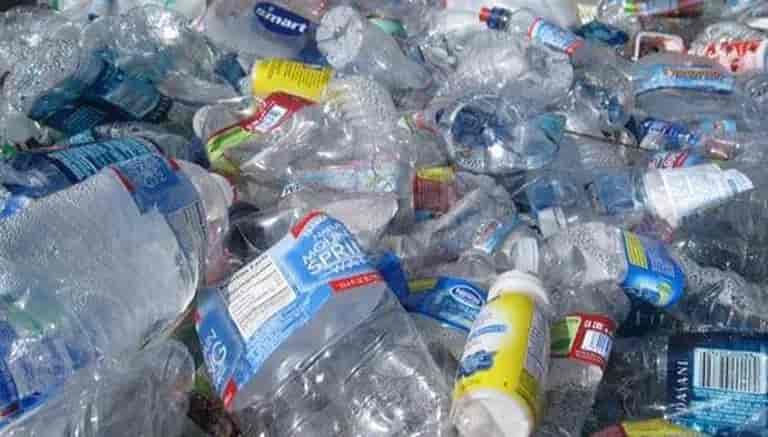 -Combined action on dyeing and finishing
-Combined action on dyeing and finishing
Project brings together brands, leading mills and technology innovators.
The D(R)YE Factory of the Future is a new consortium project bringing together several innovations in textile pre-treatment and colouration that are set to accelerate the shift from wet to mostly dry processing. Polyamide 6.6 Degradable Plastic
It is being coordinated by Amsterdam-headquartered Fashion for Good with partners adidas, Arvind, Kering, PVH Corp. and Welspun India, who will work closely with eight innovators – Alchemie Technologies, Deven Supercriticals, eCO2Dye, GRINP, Indigo Mill Designs, imogo, MTIX and Stony Creek Colors,
Textile processing is responsible for the highest greenhouse gas emissions and significant water and chemical use in the fashion value chain. The selected innovations have the potential to reduce emissions by up to 89% and to cut water consumption by between 83% and 95%.
“Textile processing is the largest contributor to carbon emissions in the supply chain and a shift to mostly dry processing is crucial for the path to net-zero,” said Katrin Ley, Fashion for Good’s managing director. Polyamide 6.6 Degradable Plastic
“Given the interdependencies in the processing stages, a stand-alone assessment of solutions is not sufficient. By validating a combination of technologies, we can unlock the full potential of those solutions. This is why this project is so pivotal.”
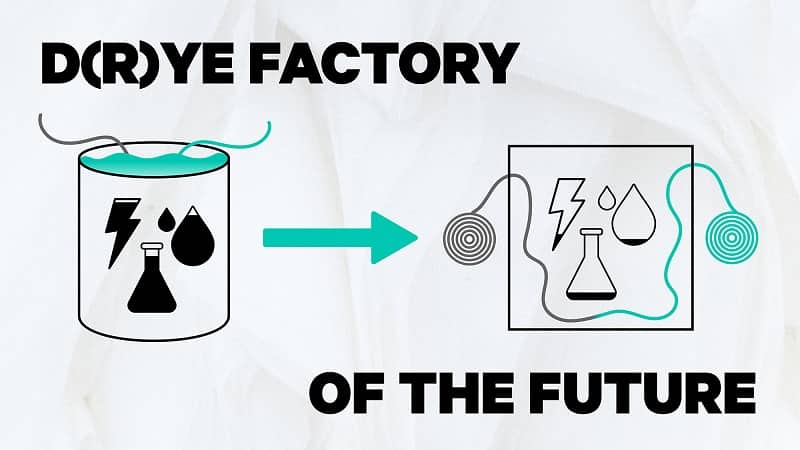
-Belgium: TotalEnergies increases its production of high-performance polymers for specialty markets
TotalEnergies Polymer plant in Feluy, Belgium, announced the startup of a new production of high-performance polymers with the commissioning of a new reactor in its polypropylene unit. Polyamide 6.6 Degradable Plastic
Through this investment, TotalEnergies strengthens its leading position on the high value-added polymers market. The Company is therefore increasing its production of grades that meet the highest quality standards and technical requirements of specialty markets, including medical and automotive.
Thanks to their many properties, such as lightweight, impermeability or resistance, plastics have become an integral part of our daily lives. In the automotive sector for example, the use of polymers as replacement for metal contributes to reducing the overall weight of vehicles, thereby allowing reductions in CO2 emissions by as much as 10%. Polyamide 6.6 Degradable Plastic
In the medical sector, polymers also play a crucial role in the supply of medicines, particularly by ensuring their protection and packaging.
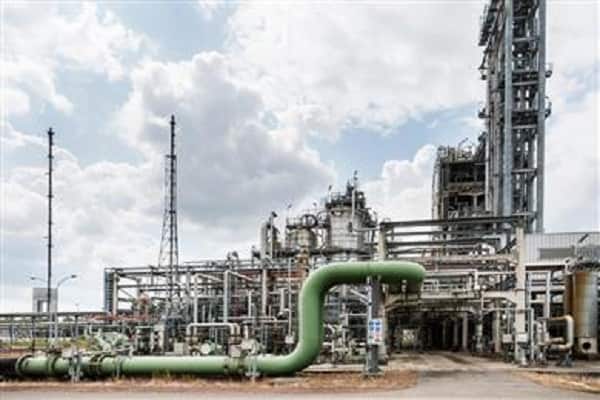
Polyamide 6.6 Degradable Plastic
